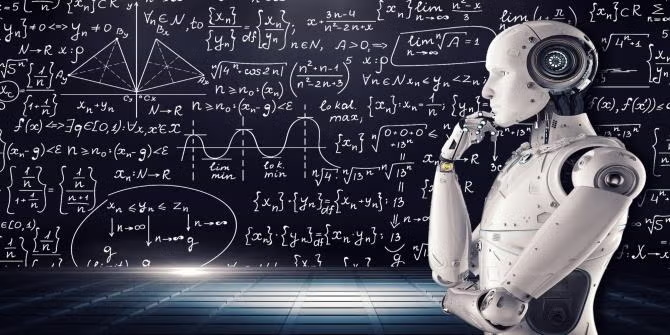This is a CSI lesson where students solve mystery on Physical and Chemical change. This is an engaging way as students will conduct an investigation like a real crime investigator.
This lesson provides an engaging STEM project by making a catapult. The goal is to shoot a pingpong ball in a basket. Student's knowledge on forces and engineering design processes are essential to
This lesson allows students to construct a cell model in a fun and engaging way using edible materials such as cereals and candies. This will help students remember how to differentiate plant cells
This STEM activity is designed to be used with an animal habitat lesson. Students will create a UV animal using color changing UV beads and design a shelter to protect the animal from harmful UV light
This lesson is about watersheds. It includes the presentation of the lessons, STEM sheet to use, and enrichment activity for students. The lesson includes a branching out activity of their own
This STEM activity is designed to explore force, motion, friction, and speed with a student-friendly and engaging activity. Students will plan and create a marble maze using simple materials. Material
This lesson will provide students with hands-on experience to design a roller coaster that will demonstrate transformation and conservation of mechanical energy. Students will learn the concept of
This last lesson is part of 4-lesson unit on soldering in the world of engineering! This fourth lesson allows students to reflect upon what they have learned in this mini unit and create something to
This third lesson is part of 4-lesson unit on soldering in the world of engineering! This third lesson has students testing their creations and dissecting why they work and the roles of the different
This second lesson is part of 4-lesson unit on soldering in the world of engineering! This second lesson has students building the kit and taking a safety test. The accompanying lessons are linked in
This first lesson is part of 4-lesson unit on soldering in the world of engineering! This first lesson really introduces students to the soldering kit and the components. Students will need to pass a
This lesson plan is the nitty-gritty principles of roller coaster. It can be taught and used for 4th grade and 5th grade students. The first part of the lesson is the discussion of the principles
This lesson plan is about the phases of the moon. It can be used for 4th grade and 5th grade students. This is a hands-on activity that would help students explore the explanations about the movement
In this lesson students will use simulations to collect data about changes in specific traits of a population over time. Students will then use the data create graphical models to explain natural
First students will learn what engineers do and a few different strategies they might use to build strong buildings. Students will create a structure of any shape using given materials to withhold two
This is a third grade lesson focused on structure and function. In the lesson, students observe, investigate, and research chickens to create a model focused on the parts of a chicken and their
Students explore the world of the lesser long-nosed bat through a self-paced hyperdoc. This unassuming bat is responsible for pollinating some the most magnificent desert cacti. It faced extinction in
The lesson introduces Boolean operations as a tool for searching and then relates the effect of the Boolean operator to the similar effect in Boolean logic as a means to introduce Boolean logic and
A lower elementary (Kindergarten through 4th grade) lesson plan to explore what the robot can and can not do, to program the robot to complete a task, and to collaboratively work as a team to complete
Featured Lesson Plans
Check out these notable lesson plans.

Students will gain knowledge about Arizona's geography, culture, and history through the book "Santa is Coming to Arizona." They will develop basic programming and problem-solving skills by

Penny Pendulums
This is a simple and effective lesson that explores the science behind pendulums. Students make a basic pendulum to explore the variables of mass and string length and compare results to their

This unit has lessons which will introduce students to phenomena we encounter in the real world. Students will learn about high interest phenomenon through hands-on investigations. Students will
